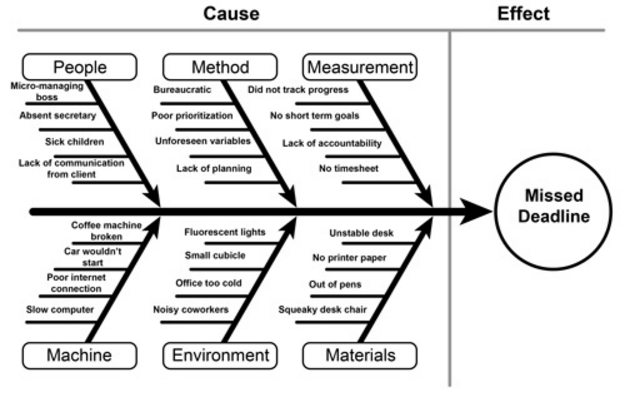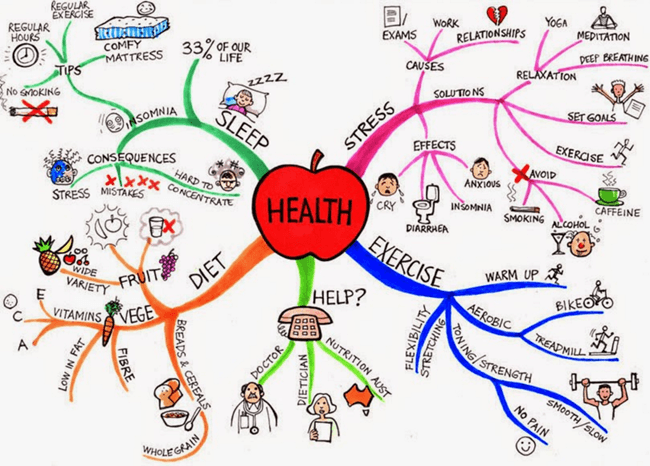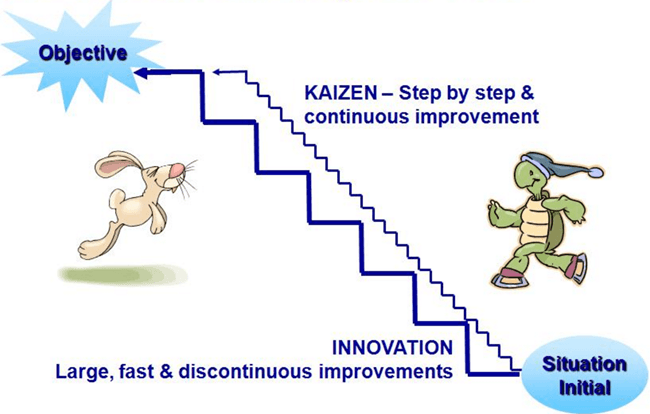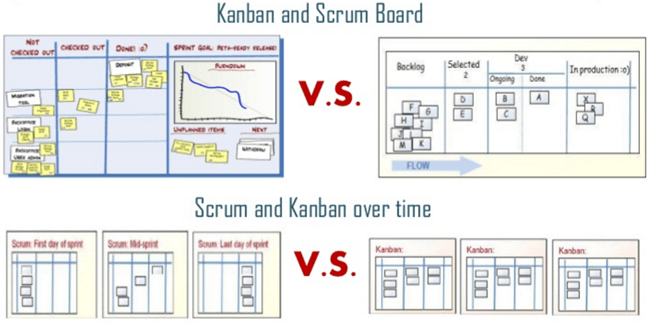How to effectively use fishbone diagram for root cause analysis
Root cause analysis is a structured process which is useful in determining the underlying causes behind the certain problem. In other words, we can say that root cause analysis is the process of identifying underlying factors which can be termed as causes of an adverse event. These are contributing factors or causes of a system [...]










